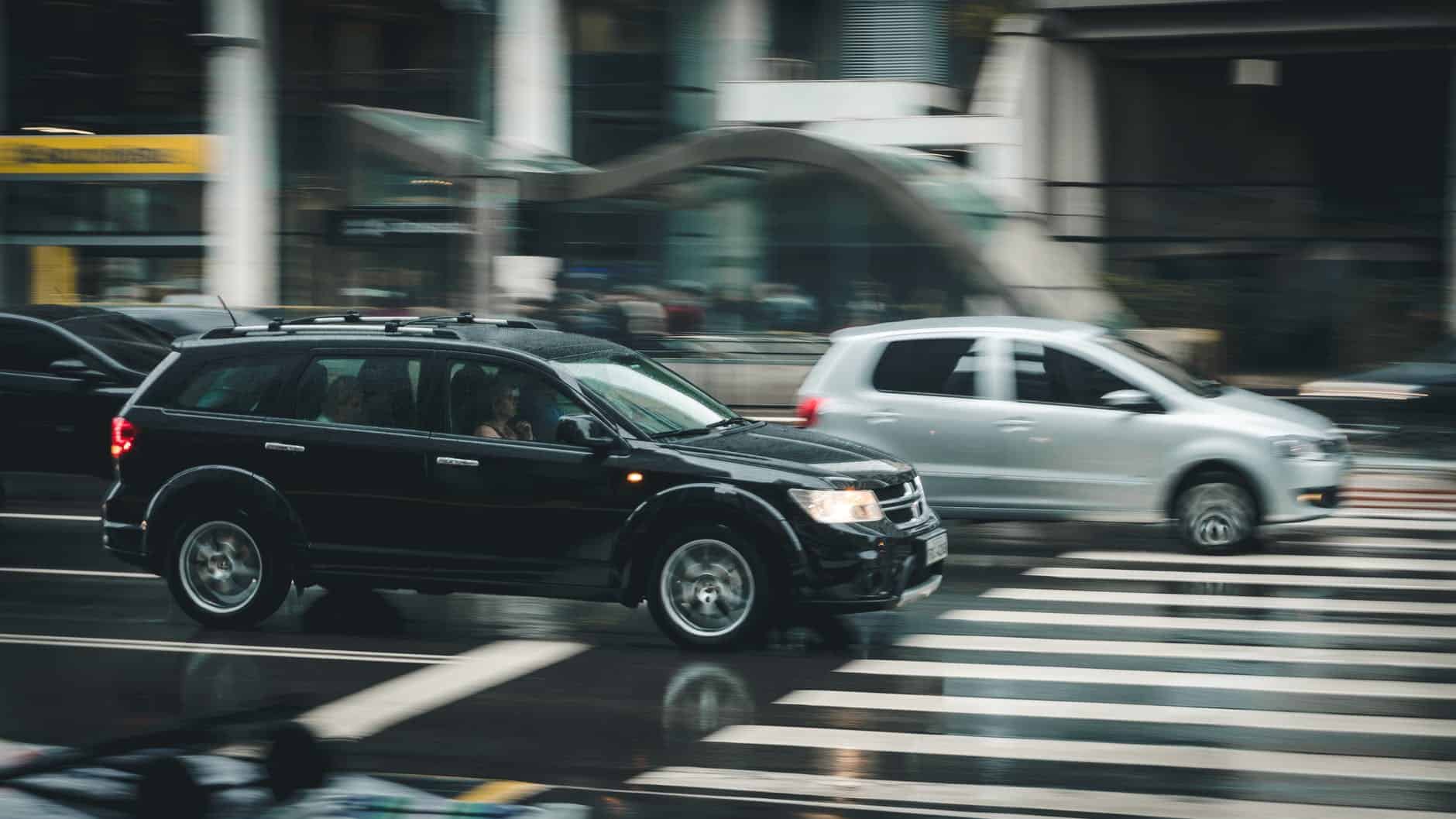Here’s What to Do if You Get Into a Car Crash in Halton
Published April 3, 2018 at 10:59 pm

A car crash can be scary, but Halton drivers are at risk to them. In any case, it’s always smart to be prepared in case of a collision.
A car crash can be scary, but Halton drivers are at risk to them. In any case, it’s always smart to be prepared in case of a collision.
From fender benders to more serious crashes, there are a few things you should do if you end up in a collision.
According to the Financial Services Commission of Ontario, here’s what to do if you get into a car crash:
1) Stop.
Be sure to stop your vehicle – don’t flee the scene, or you might be subject to criminal prosecution.
2) Assess the damage.
If someone is injured, if the total damage to all vehicles involved seems to be worth more than $2,000, or if any drivers might be guilty of a criminal offence like driving under the influence of drugs or alcohol, be sure to call the police.
The operator will give you instructions, police will arrive on scene, and you shouldn’t move anyone injured in the crash in case you aggaravate their injuries, says the province.
If the damage doesn’t appear too serious, you’re still advised to report it to a Collision Reporting Centre within 24 hours of the crash! The centre will get you to complete a police report, and the damage to your vehicle will be photographed. You can find your closest centre here.
3) Take photos.
If it’s safe, get out of your car and take photos of the scene.
4) Move your car.
When you think it’s safe, move your car to the side of the road out of traffic. And if you can’t drive your vehicle, put on your emergency lights, or use cones, warning triangles, or flares depending on the circumstances.
5) Record as much information as you can.
Record information like the date, time, and location of the crash, estimated speed of the vehicles, weather and road conditions, and, very importantly, the other drivers’ information. That includes their licence number, name, address, vehicle make and colour, vehicle ID number, insurance policy number, and even if there were passengers in their car.
You can even record names, addresses and phone numbers of witnesses, the attending police officer’s badge number and division, and all details about the attending tow truck operator.
You might want to print out this worksheet and keep it handy to help, just in case.
6) Call your insurance company.
As soon as you can after the crash, call your insurance company, tell them what happened, and ask what the next steps are. You may need to file an insurance claim, depending on the severity of the crash.
Wondering how that works? Click here.
The province also advises that drivers and passengers try to remain calm.
“Do not argue with other drivers and passengers,” says the province. “Save your story for the police. Do not voluntarily assume liability or take responsibility, sign statements regarding fault, or promise to pay for damage at the scene of the accident.”
You might also want to keep an emergency preparedness kit in your car in case of a collision or other emergency. According to the province, it’s best to keep things like pen and paper, a basic first aid kit, a flashlight and extra batteries, emergency road flares or cones, and even some non-perishables.
insauga's Editorial Standards and Policies advertising





